The content of the article
Black dots appear in cats due to blockage of the sebaceous glands. Traffic jams made up of dirt, germs and grease clog pores. Inflammation begins, pustules form. Acne at the initial stage covers only the chin and nose of the animal. If untreated, acne spreads to the stomach and tail. Inflamed pores are filled with pus, increase in size and cause discomfort to the pet.
Symptoms and causes
At first, the owner notices that the animal’s chin is covered with small black dots. Sometimes they resemble dirt, but do not disappear after bathing. This is the initial stage of acne. If you do not urgently contact a veterinarian, the condition of the cat worsens:
- An infection penetrates the clogged pores, due to which the pet's skin turns red and inflamed.
- The follicles are filled with pus, turning into cone-shaped or spherical seals the size of a millet seed or pea.
- Immature abscesses are dense and hot to the touch. They hurt, so the cat becomes nervous and restless.
- In mature formations, a black or white head appears. Content exits the abscess with light pressure.
- After a breakthrough of inflamed eel, wounds form. In young and strong animals, they quickly tighten and cover with a crust. In old and weak cats, sores can bleed for some time or secrete a nest with pus.
The penultimate stage of acne is the most dangerous. An infection or bacteria that cause complications can get into open wounds. Necrosis of the sebaceous gland develops, a huge tubercle filled with pus forms. If the cat “opens” it with its claws, then the infection will spread to healthy areas of the skin, multiple boils will appear.
After bursting purulent formations, scars and bald patches remain, which are difficult to get rid of.
The owner who has noticed black dots, turns to the veterinarian. Only a doctor can distinguish acne from lichen and parasite infection. A cat is prescribed a scraping, they may recommend donating blood for hormones, checking the digestive organs.
Acne appears in animals due to poor metabolism and liver problems. Pores become clogged if dirt constantly accumulates on the skin around the mouth or write particles. Abscesses form in cats, which are regularly combed with stiff brushes. They injure the upper layer of the epidermis, causing inflammation.
Acne occurs in young and adult animals. The disease is not transmitted to humans, so the owner can safely pet and bathe.
Acne Care
The skin covered with rashes or pustules is washed daily using special shampoos. Suitable gels designed to treat teenage acne, tar soap or shampoo. The composition of the correct cosmetic product, which removes the black dots, should be:
- sulfur;
- salicylic acid;
- ethyl lactate;
- benzoyl peroxide.
Shampoos Lactaderm and Doctor will do. They normalize the sebaceous glands and dry the skin of the pet.
Cosmetics are applied only to areas affected by acne. Shampoos are rubbed with cotton swabs on the chin or mustache so that they soften the blackheads. The remaining foam is removed with wet gauze, wiped with a damp towel, and then a piece of dry cloth is applied to absorb the remaining liquid.
After hygienic procedures, the inflamed epidermis is wiped with a cotton swab dipped in an antiseptic. The cheapest option is peroxide. You can use Chlorhexidine or Miramistin, treat the skin with lotions from teenage acne or pharmacy tincture of calendula.
Alcohol-containing products are applied carefully. An antiseptic cannot get on healthy skin or mucous membranes. Substances cause irritation and leave burns. Boils after bathing and treatment with antiseptics can be steamed. A clean cotton cloth soaked in hot water or chamomile decoction is applied to acne filled with pus. Steamed rashes are wiped with salicylic acid. The drug removes inflammation and dries out acne, draws out pus and disinfects the epidermis.
Antiseptics are combined with moisturizing ointments. Alcohol-containing products dry the skin. The sebaceous glands begin to work more actively, secreting more fat, which clogs the pores. They become inflamed, abscesses form. To prevent this from happening, nourishing acne ointments in cats are rubbed into disinfected skin.
Will fit:
- salicylic or sulfuric ointment;
- Flucinar;
- Synthomycin linimet;
- zinc ointment;
- Perkutan;
- tetracycline or erythromycin ointment;
- Levomekol;
- ointment Yam.
Drugs dry the rashes, remove ulcers. Belosalik cream helps, which is applied pointwise. They moisten a cotton swab in the product and lubricate the skin areas covered with acne.
You need to wait 30-40 minutes until the drug is absorbed. The remains are removed with a cotton swab. It is impossible for the cat to lick the medicine, otherwise the animal can be poisoned. The selected ointment is applied in a thin layer. If there is too much money, it will clog the pores and worsen the condition of the skin.
Exacerbation of acne
Black and white inflamed acne, which burst and turn into sores, are lubricated with antibiotic gels. Veterinarians usually prescribe Bactroban or Mupirocin. The preparations are applied once a day in a thin layer and make sure that the cat does not lick off the residues.
If the pet is constantly combing acne, the wounds are washed with an antiseptic diluted with water, and then treated with iodine or brilliant green. Zinc ointment is rubbed into dried crusts. The drug speeds up healing and removes itching.
An animal whose black dots turn into inflamed abscesses is trimmed with claws. The cat will not be able to comb rashes and introduce a secondary infection into the bursting boils. The pet can not be allowed out onto the street or balcony, the sun is contraindicated to him.
In severe cases, the veterinarian offers castration. In cats, after surgery, the hormonal background is normalized, and the rashes gradually disappear.
Folk remedies
Acne in pets is treated with decoctions and lotions:
- Eels are wiped with a slice of fresh pumpkin. The skin is disinfected with an antiseptic, and then the pulp is applied for 3-4 minutes.
- Inflammation remove lotions from celandine. Boil a teaspoon of grass in a glass of water in a water bath. Boil for 5 minutes, after cooling, strain and moisten cotton swabs in a decoction. Apply to acne twice a day, heating the product to 37-40 degrees.
- Mix a glass of water with 20 g of dried or fresh yarrow. Flowers are poured with boiling water, insist an hour under the cover. Apply instead of lotion, rubbing acne twice a day.
- Pour 15 g of calendula and chamomile into a jar. Add a cup of hot water, bring to a boil in a water bath or low heat. A warm broth is filtered, mixed with furatsilin. Crush 2 tablets of the drug, pour 10-15 ml of liquid to make a thick slurry. Apply the mask on acne every other day, leave for 15 minutes. To clean the remains with a damp towel.
Folk remedies are combined with drug treatment to accelerate the recovery of the pet.
Diet for acne in cats
Failures in the sebaceous glands occur due to a slow metabolism. Metabolic processes will speed up cereals containing slow carbohydrates and fiber. Cats need to cook vegetable or fruit stews, in which there are a lot of coarse dietary fiber.
Canned and dry food is contraindicated. You can not treat your pet with sausage, fried meatballs or pork.Fatty foods worsen the liver, enhances the production of sebum. Inflammation begins, acne turns into ulcers.
Acne occurs due to a decrease in immunity, so cats are prescribed vitamin complexes. They help the body of the animal to fight infection and restore the epithelium after breaking boils. Cats should eat foods rich in vitamin A, tocopherol and ascorbic acid.
Additional recommendations
Pet recovery depends on hygiene. In cats that are kept clean, blackheads appear less frequently and pass faster.
The owner should follow a few simple recommendations:
- In some animals, acne appears due to an allergy to plastic. It is advised to put iron or earthenware bowls for food and water.
- After each meal, the cat's chin is wiped with a damp cloth to remove residual fat and porridge. It is difficult for a pet to take care of the skin around the mouth. Microbes accumulate in this area, which cause inflammation.
- Bowls are washed daily so that no bacteria remain on the walls. Water is changed twice a day, and food every 4–5 hours.
- The cat is regularly bathed, combed with soft brushes, and is not allowed into the street if there is rain or dirt.
- Females prone to acne should not be given estrus drugs. They cause a hormonal imbalance that causes sore acne.
Boils should not be squeezed so as not to introduce a secondary infection. Removing pus can be done from eels that burst on their own. But before the procedure, you need to disinfect your fingers and treat a ripe pimple with an antiseptic.
You can not peel or comb the crusts that formed instead of blackheads. A new epidermis forms under them. When the skin layer becomes thick enough, the crusts will fall off on their own. If they are constantly stripped off, a scar or a receding hairline will remain.
Acne is a disease that occurs in humans and cats. Acne should be treated comprehensively, using ointments and special shampoos. The drug method is supplemented with folk remedies. They revise the diet of the animal and introduce foods rich in vitamins to accelerate recovery and prevent the reappearance of blackheads.
Video: viral diseases of cats and dogs


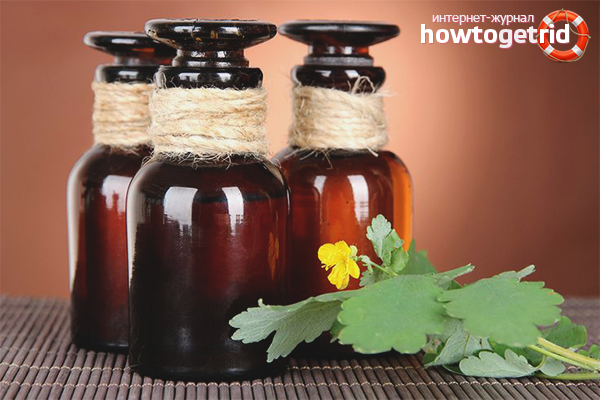



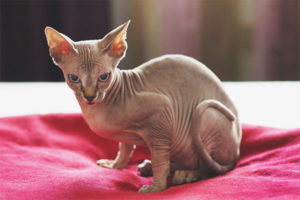
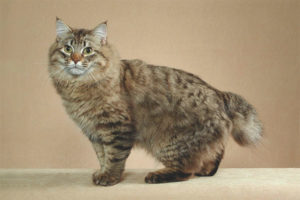
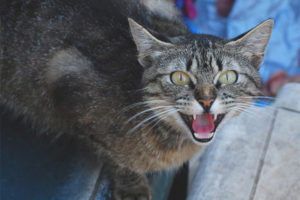
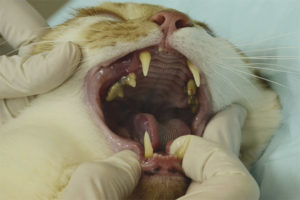
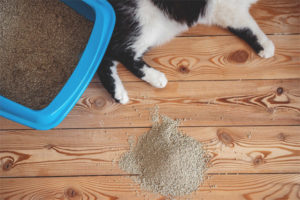
Submit